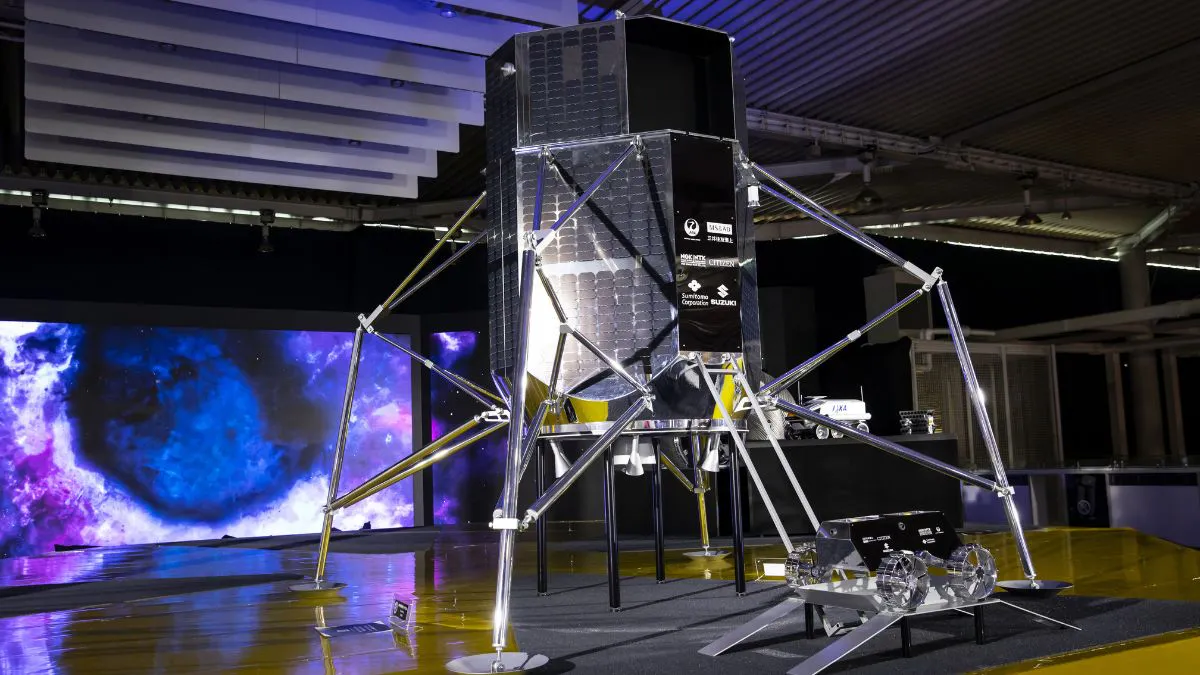SpaceX is preparing to launch Japan’s first privately-led mission to the moon.
The ispace HAKUTO-R Mission 1 is set to blast off on Sunday at 2:38 a.m. ET from the Cape Canaveral Space Force Station in Florida, the same day that NASA’s Orion capsule is expected to return from its Artemis 1 moon mission.
The Falcon 9 used in the launch is the world’s first orbital-class reusable rocket. It generates more than 1.7 million pounds of thrust at sea level. Sunday’s planned launch would be the fourth flight for the powerful rocket.
Following liftoff, the Mission 1 lander will make its four-month journey ahead of Japan’s first unmanned lunar landing. Only the U.S., the former Soviet Union, and China have successfully conducted a soft landing on the moon’s surface.
The mission is expected to land on the moon’s surface near the end of April 2023.
https://youtu.be/q49UdKvoj8I
The Japanese space company ispace, established in 2010, seeks to “lay the groundwork for unleashing the moon’s potential and transforming it into a robust and vibrant economic system,” according to its founder.
“We look forward to contributing to NASA’s Artemis program as a commercial lunar transportation service and pioneering the development of future industries and connecting the Earth to the Moon and beyond,” said Takeshi Hakamada, founder and CEO of ispace.
The United Arab Emirates will also be part of the mission. The moon rover aboard the lander is a 22-pound robot named Rashid, the Middle East’s first such rover to reach the moon.
A new mission control located at the Mohammed bin Rashid Space Centre in Dubai will monitor the Rashid rover during its operations on the lunar surface. Rashid is expected to investigate an unexplored moon region for about two weeks while gathering data on soil, dust, and electrically charged particles, including taking thousands of images.
The Rashid Space Centre’s objective is to become the first Arab nation to reach another planet, setting its sights on a manned Mars landing by 2117. Hope probe reached the martian surface in 2021, making UAE the first Middle Eastern nation to do so.
The Falcon 9 will also transport a tiny NASA cubesat called Lunar Flashlight. The device will hunt for icy water inside craters near the moon’s south pole.
“We are bringing a literal flashlight to the moon — shining lasers into these dark craters to look for definitive signs of water ice covering the upper layer of lunar regolith,” Barbara Cohen, Lunar Flashlight principal investigator at NASA’s Goddard Space Flight Center in Greenbelt, Maryland, said in a statement.
“I’m excited to see our mission contribute to our scientific understanding of where water ice is on the moon and how it got to be there,” Cohen added.
The SpaceX launch was initially scheduled for November 30. The mission has experienced multiple setbacks related to updates to Falcon 9.
After further inspections of the launch vehicle and data review, we're standing down from tomorrow's launch of @ispace_inc's HAKUTO-R Mission 1; a new target launch date will be shared once confirmed
— SpaceX (@SpaceX) December 1, 2022
The live stream of the launch will be available at SpaceX.com, with coverage starting 15 minutes before liftoff.
Monday, December 12 at 2:31 a.m. ET is the scheduled backup date in the case of a delay.
The launch is not the only moon mission in recent months. NASA’s Artemis 1 mission conducted a near-moon operation to test ahead of its next planned human landing on the lunar surface scheduled for 2024 or 2025.
Several additional countries have announced new or expanded plans for major space projects. Last month, South Korean President Yoon Suk-yeol said that his government would establish a space agency similar to NASA by the end of the year. Plans include a robotic moon landing in 2032 and on Mars in 2045.
Three Chinese astronauts returned to Earth on Sunday after six months aboard China’s new Tiangong station. The nation began work on its own space station after being excluded from the International Space Station over concerns about connections between China’s space agency and the People’s Liberation Army.
As The Daily Wire previously reported, another long-term goal of the Tiangong Space Station is to serve as the refueling station for an upcoming Hubble-like telescope that China hopes to launch in 2024. China plans to put its first astronauts on the moon and send a Mars sample return rover to the red planet by 2030.
India’s space agency also has a program in development to launch a space station into orbit by 2030. It will be designed to hold a small crew for up to 20 days at a time and be entirely led by Indian astronauts, according to the Diplomat.
The European Space Agency includes 22 member nations and has often partnered with many of NASA’s missions in recent years, including its Artemis program.

.png)
.png)

